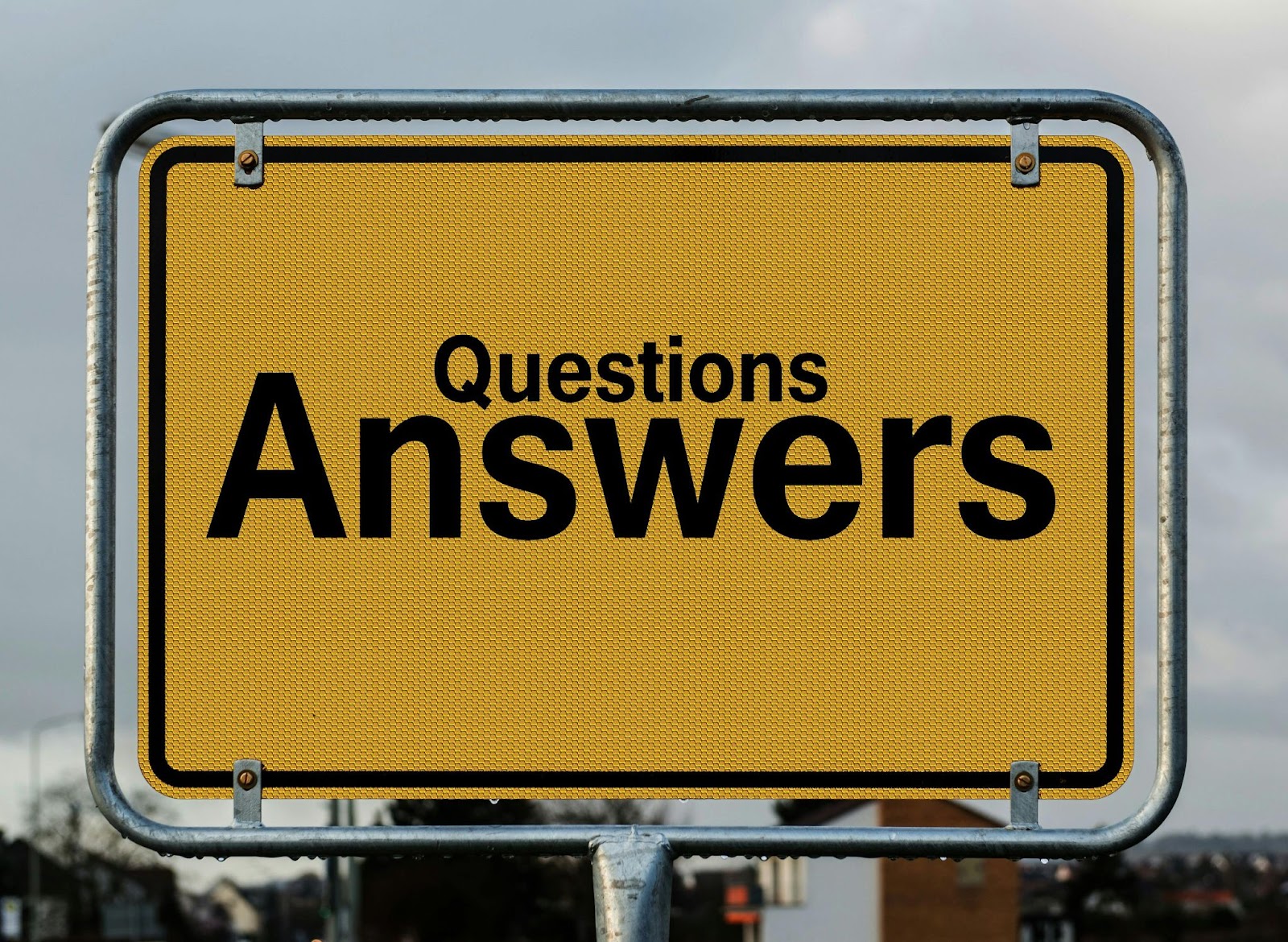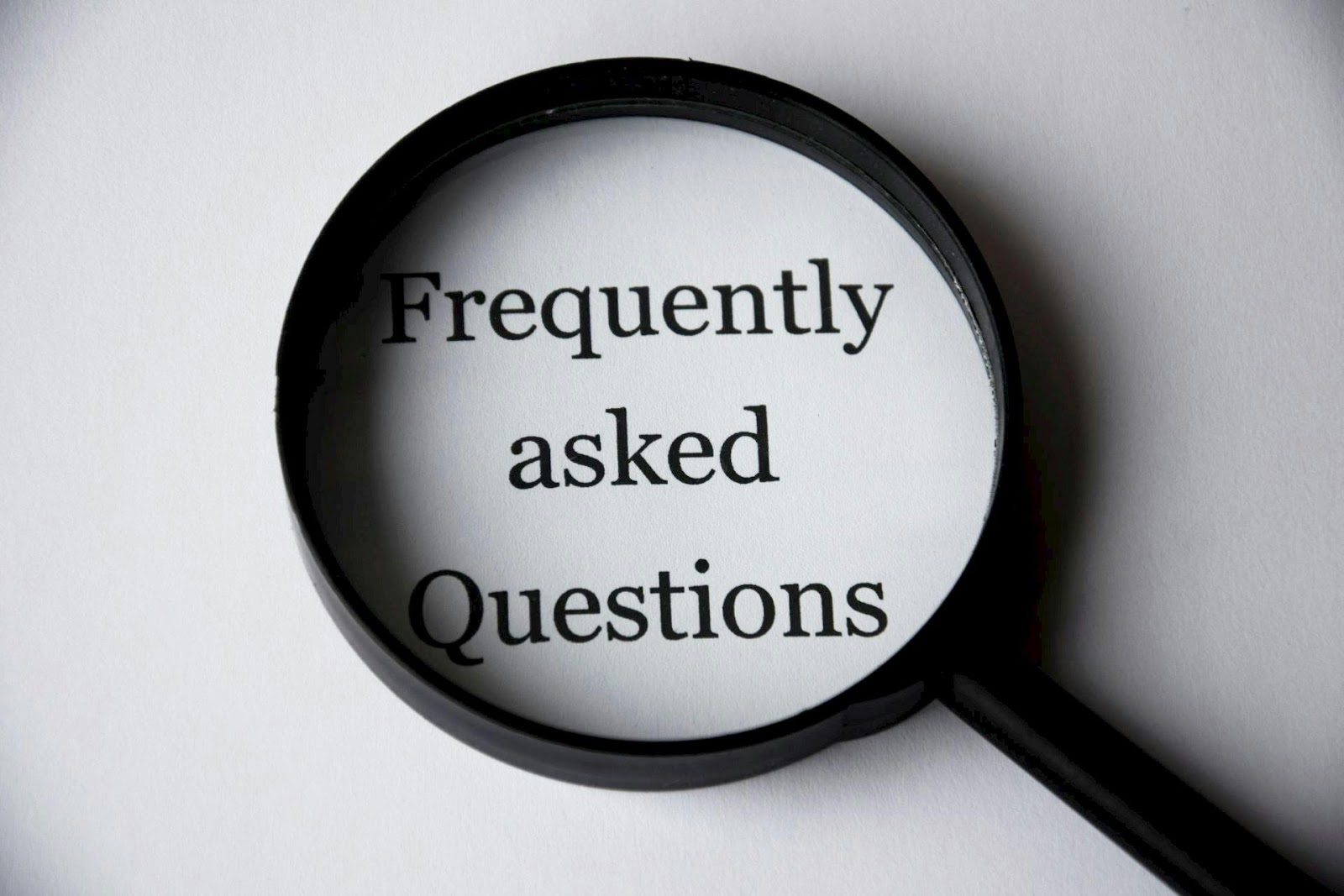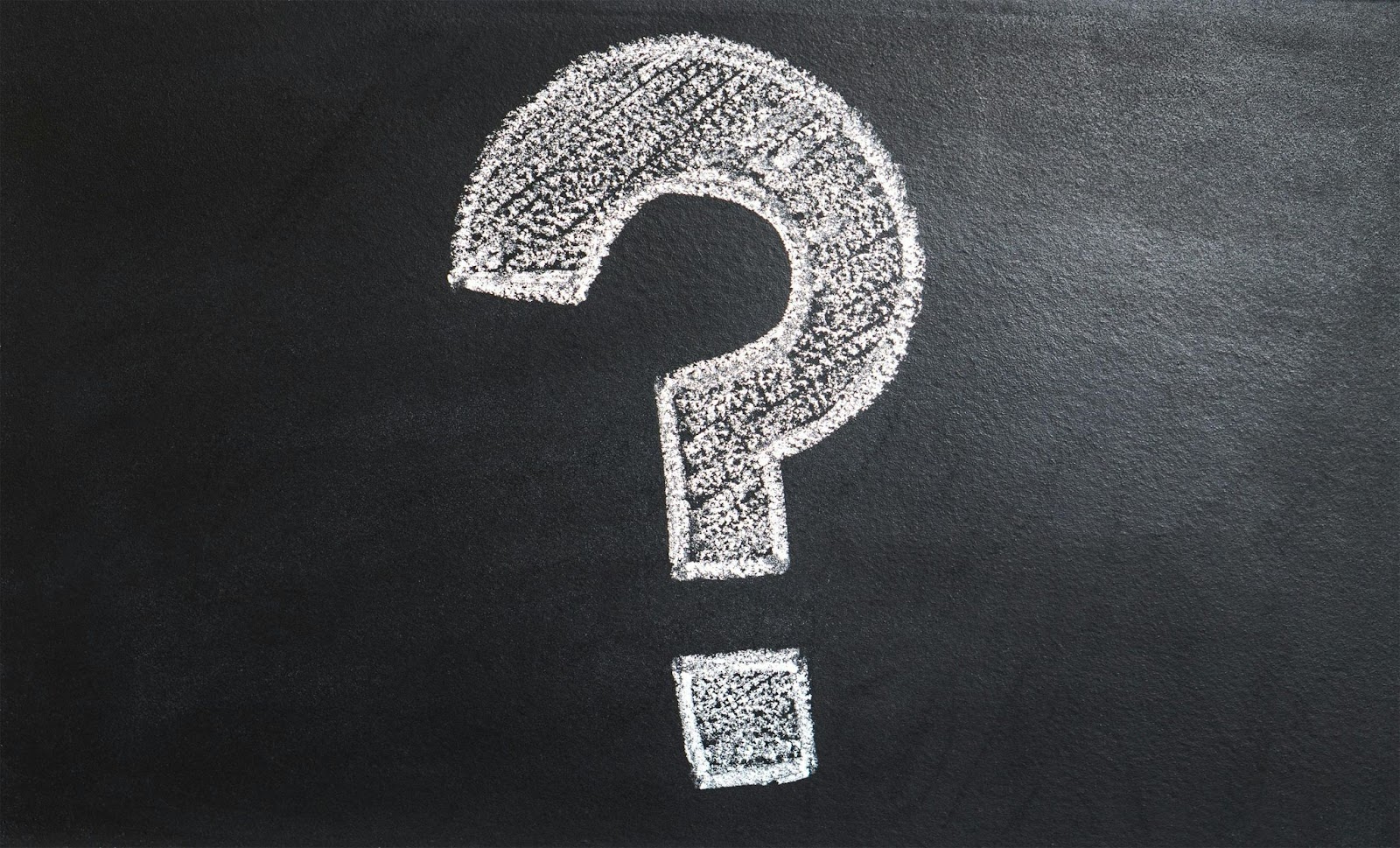
Understanding question words in Spanish is crucial for anyone learning the language. These words are the building blocks for asking questions and are essential for everyday communication - there is simply no way around the Spanish interrogative. Knowing how to use them correctly can significantly improve your ability to understand and be understood in Spanish.
From the upside-down question mark to the common questions and interrogative words - I'll cover it all in this short guide on asking questions in Spanish.

Each question word serves a unique purpose, helping to clarify, learn, and understand more about the people, places, and situations around us. We will explore the meaning of each word, its use in conversation, and provide practical examples to illustrate how they can be applied in everyday Spanish communication.
You can't learn Spanish without learning Qué. Mainly used to ask for specific information about something or someone, it can also be used in a variety of contexts to inquire about objects, actions, and descriptions.
Examples:
Used to ask a question about people. It can be singular or plural (¿Quiénes?) depending on whether you're asking about one person or several.
Examples:
This Spanish interrogative word is used to ask about the location or place of someone or something. It helps in finding out the position or direction.
Examples:
If you want to ask someone about time, use Cuándo. Use this question word to ask about time, whether it's a specific date, day, or time of an event or action.
Examples:

An essential question word to inquire about reasons or motives behind an action or situation.
Examples:
An interrogative pronoun used to ask about the manner, condition, or quality of something. It can also be used to ask about someone's well-being.
Examples:
Used to inquire about quantity or amount. ¿Cuánto? is used for singular, uncountable nouns, and ¿Cuántos? for plural, countable nouns.
Examples:
The inverted question mark (¿) is a unique punctuation mark used exclusively in the Spanish language to denote the beginning of a question. Its counterpart, the regular question mark (?), still signifies the end of a question in Spanish, just as in English.
Beginning of a Question: In Spanish, the inverted question mark is placed at the beginning of a question to indicate that the upcoming sentence is interrogative. For example:
Inverted Structure: Spanish questions maintain the same word order as affirmative sentences, so the inverted question mark helps signal the interrogative nature of the sentence right from the start.
Direct and Indirect Questions: Whether the question is direct (asked directly to someone) or indirect (embedded within another sentence), the inverted question mark is used at the beginning. For instance:

Asking questions in Spanish without using question words is a common and useful way to make inquiries, especially for yes-no questions or when seeking confirmation. This structure often involves the intonation of the sentence, where the voice rises at the end of the statement, and sometimes the inversion of the subject and the verb.
In spoken Spanish, simply raising your intonation at the end of a statement can turn it into a question. This method doesn't require rearranging the words or using specific question words. It's all about the tone of your voice.
Examples:
Another method to ask questions without using question words is by inverting the order of the subject and the verb. This structure is more common in formal contexts or written Spanish but can still be used in everyday conversation.
Examples:
You can also make a statement into a question by adding a short question tag at the end. In Spanish, tags like "¿verdad?" (right?), "¿no?" (no?), or "¿sí?" (yes?) are commonly used.
Examples:

Each Spanish question word serves a specific purpose and corresponds to different types of information you might be seeking. For instance, "¿Qué?" (What?) is used for asking about things or activities, "¿Dónde?" (Where?) for locations, and "¿Cuándo?" (When?) for time-related inquiries. Understanding the function of each will help you choose the right word for your question.
Spanish question words often have accents, which distinguish them from their statement counterparts. For example, "que" (that) in a statement becomes "¿Qué?" (What?) in a question. The accent not only affects pronunciation but also the meaning of the word, so it's crucial to use it correctly.
In Spanish, the intonation of a question rises towards the end. This is especially important when you're asking yes/no questions without a question word, but it also applies when you use question words. Practicing your intonation can help ensure that your questions are understood as questions.
While Spanish often allows for a flexible word order, inverting the subject and verb can add emphasis to your question or make it clearer. For example, "¿Qué hace Juan?" (What is Juan doing?) emphasizes the action, whereas "¿Juan qué hace?" emphasizes "Juan" as the subject of the question.
Don't hesitate to combine question words for more detailed inquiries. For example, "¿Cómo está tu hermana?" (How is your sister?) can become more specific with "¿Cómo está tu hermana después del accidente?" (How is your sister after the accident?). Combining question words with additional information can help you ask more precise and meaningful questions.
In conclusion, Spanish question words are essential tools in the language that open doors to learning, understanding, and engaging in meaningful conversations. Mastering these words not only enhances your ability to ask for and receive information but also significantly improves your overall communication skills in Spanish.
By paying attention to the function of each question word, using accents correctly, practicing your intonation, utilizing inversion for clarity, and combining words for depth, you can ask questions more effectively. Remember, practice and real-life application are key to becoming comfortable with these question words. Keep exploring and using them in various contexts to fully integrate them into your Spanish-speaking abilities.
What are the most common Spanish question words and their meanings?
The most common Spanish question words include "¿Qué?" (What?), "¿Quién?" (Who?), "¿Dónde?" (Where?), "¿Cuándo?" (When?), "¿Por qué?" (Why?), "¿Cómo?" (How?), "¿Cuánto?" (How much?) for singular and "¿Cuántos?" (How many?) for plural. Each word is used to ask specific types of questions about people, places, times, reasons, methods, and quantities.
How do I know when to use an accent on Spanish question words?
Accents are used on Spanish question words when they are used in a question or to express doubt or exclamation. For example, "qué" in a question but "que" in a statement. The accent helps to distinguish the interrogative form from the relative pronoun or conjunction form, which usually doesn't carry an accent.
Can Spanish question words be used in statements as well as questions?
Yes, some Spanish question words can also be used in statements, especially in indirect questions. For example, "No sé qué hacer" (I don't know what to do). In these cases, the question word introduces a subordinate clause and is part of a larger statement.
How can I form a question in Spanish without using a question word?
You can form yes/no questions in Spanish without using question words by simply raising your intonation at the end of the statement or by inverting the subject and verb. For example, "¿Tienes hambre?" (Are you hungry?) where the structure is the same as a statement but with a questioning intonation.
What's the difference between "¿Cuánto?" and "¿Cuántos?" in Spanish?
¿Cuánto?" (How much?) is used to ask about uncountable quantities, often related to price, amount, or extent, whereas "¿Cuántos?" (How many?) is used for countable quantities, referring to the number of items, people, or occurrences. The choice depends on whether the noun in question is singular and uncountable or plural and countable.